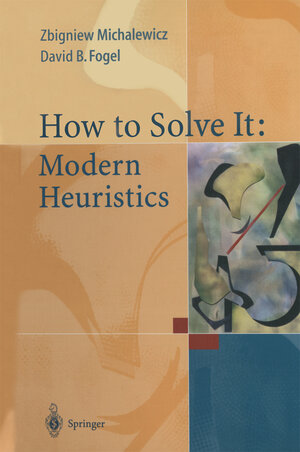
The March 2002 issue of ACMs Computing Reviews identifies a review of „How to Solve It“ as the best review they published in 2001. The review is then reprinted in its entirety. Reviewer: H. van Dyke Parunak.
Excerpt: Like its predecessor, the new How to Solve It, combines deep mathematical insight with skilled pedagogy. Puzzle lovers will seek out the book for its insightful discussion of many intriguing brain twisters. Students of computational methods will find it an accessible but rigorous introduction to evolutionary algorithms. Teachers will learn from its expositions how to make their own subject matter clearer to their students. Polya would be honored to know that his spirit lives on in the computer age.
From the reviews of the second edition:
„This is an outstanding book. It takes the reader close to the current knowledge frontier … . The book’s writing style is lively and educational, and this makes it extremely interesting … . is intended for students and practitioners. … is an excellent choice for a course on heuristics … . One of the most comprehensive views … is provided in this book. It is written to be read and understood … . is a must-read and must-have for anyone engaged in the art of problem solving.“ (Dimitrios Katsaros, Computing Reviews, April, 2005)


